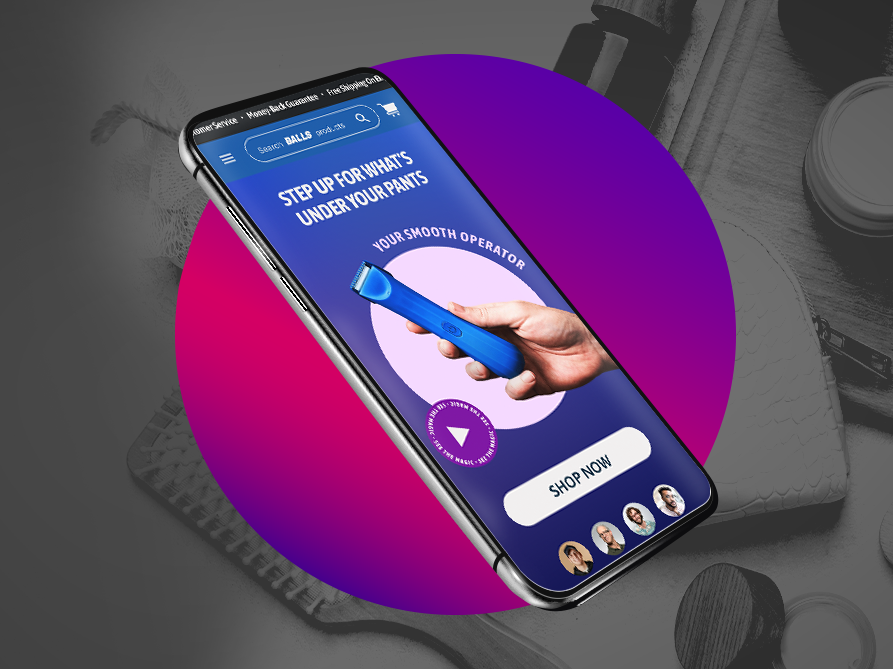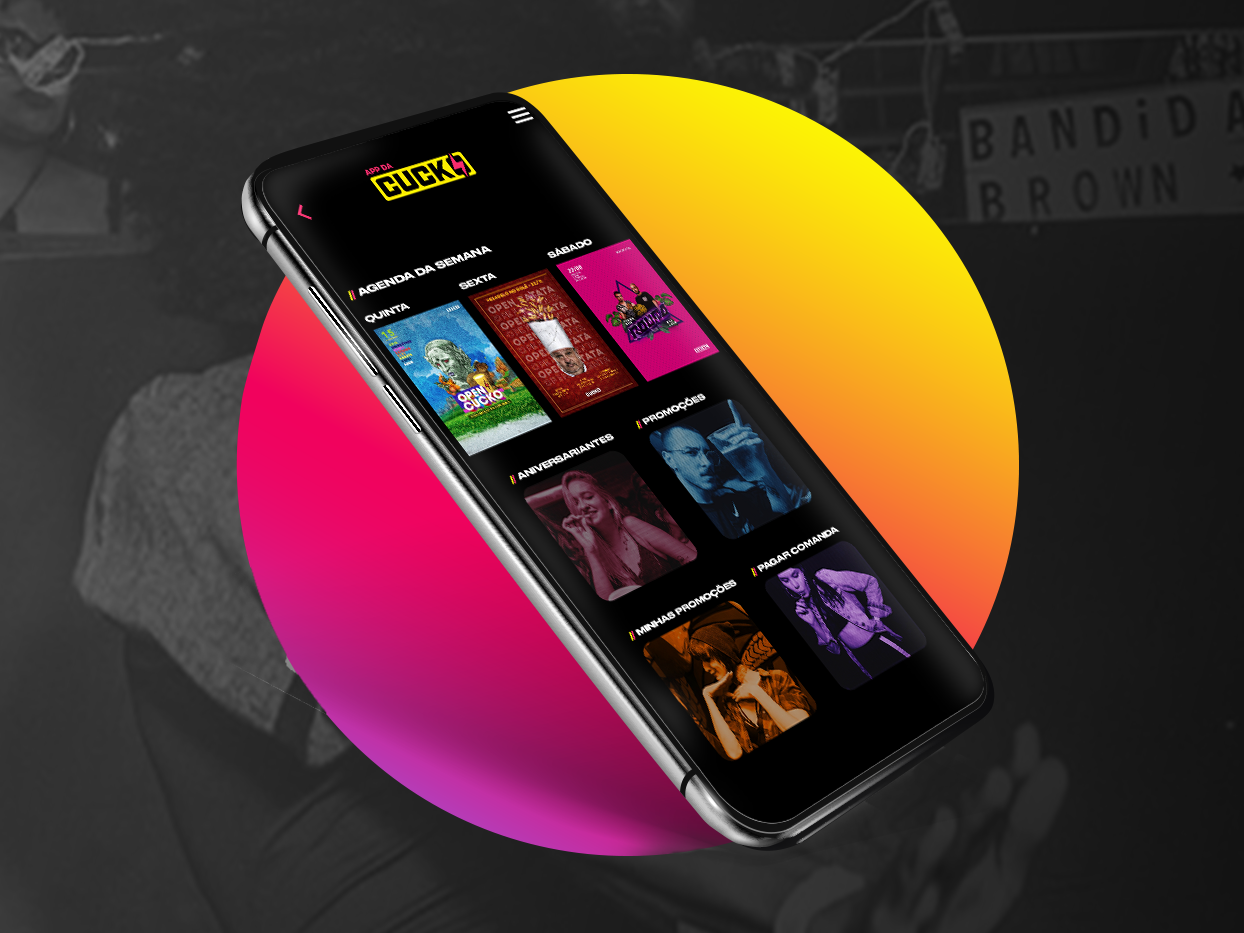Intro
Porto Alegre is a city that has seen the growth of people who have adopted the habit of cycling. Through the building of new bike paths and the result of a leisure complex on its waterfront, it has attracted more people to healthy habits. This has grown significantly during the pandemic. With this background, we created a design solution for a local bike shop, Maiss Bike, where the primary pain is to be able to increase the sales of high-performance bicycles.
Project Goals
Client Pain Points
The "Maiss Bike Shop" main pain is that bicycle sales are increasing but they are having difficulty selling high-performance bikes. The business competes directly with huge retail stores, a grey market for used bikes, and other online retailers since it needs a digital e-commerce platform.
User's Pain Points
For a better understanding of the bike users in Porto Alegre, their pain points, and issues, as well as how we may tackle these problems in a workable digital solution that complements the bike store business. I did user research techniques.
Research
Desk Research:
First, in order to gain a deeper understanding of the bike market amid a global health crisis and economic downturn, I conducted desk research.
The outcomes are as follows:
The covid pandemic's effects on their principal manufacturing regions impede the Brazilian market from meeting the bicycle demand. Yet as more individuals choose healthier lives, demand rises.
Quantitative research
A brief survey was made for 36 bikers in order to find out more about their lifestyle and shopping preferences. And the outcomes are as follows:
Qualitative Research:
In this step, I conducted an in-depth interview with 4 customers. They are more demanding of bicycle shops and services and can better evaluate what they believe to be good and poor about these services since they are not casual riders.
With this data, I can balance the pains between user and business goals:
Conclusions:
Even though bikes are not inexpensive, people are searching for ways to get a nice bike that fulfills their needs and leads to a better lifestyle. Cycling positively influences the user's lifestyle, as cyclists come together to share experiences and enjoy riding together. Cycling helps with stress and depression, common issues in the modern world.
User Goals vs Business goals
We balance and analyze the pain points between user and business goals to find similarities that might result in an efficient digital solution.
The user's main problems are:
• They need a high-performance bike for a value price.
• Quick order delivery and product returns.
• Customization service that works well.
I developed a persona and an empathy map using the information I gathered from my user research to better understand the needs of the client.
Business Goals:
Concerning the business side, we collected some data from some of the major market players that provide online bike sales. Likewise, mention them as both direct and indirect competitors:
Direct Competitors:
Bike Tech, Ciclo Poa, Mercado livre, Decathlon, Shopee, Ali Express, Sales groups on Facebook, big Brazilian retail stores such as Americanas and Submarino, and retail sports stores such as Centrauro and Decathlon.
Indirect competitors:
Cars, gyms, and public transportation.
Competitors Analysis:
I saw that none of the direct competitors offer a sufficient option for customizing motorcycles, which is in accordance with the client's need for a fresh online experience. Two independent bike brands and a major market participant were selected for our most recent study, which focuses on companies that offer customization:
Raff Bikes - https://rafbikes.com/
Trek - https://www.trekbikes.com/br/pt_BR/project-one/
Evocati - https://evocaticruiser.com/
Features reviewed:
• Variety of bikes
• Prices
• Customization
• The quality of the bike equipment
• The quality of the bike gears.
Solutions found:
During a new deep dive interview on the business side, I had some impressions and what the client has as a goal:
• The bicycles that sell the most in the store are mountain bikes.
• According to the client, mountain bikes are popular because they adapt to many types of terrain such as cities and roads.
• Accessories should also be offered at the time of purchase of the bicycle.
User journey
After studying competitors, I chose a local service whose experience was described by a consumer in one of the interviews of the qualitative research. Taking a journey based on his testimony, in which he decided to customize his bicycle, we can discover new opportunities and solutions.
Value Proposition Canvas
To facilitate the ideation process, it was made a value proposition canvas where we can balance the business vision and how it can help with the user's problems and gains.
Dot Voting:
With the data collected, I considered two possible solutions for a new experience within the client's new online sales channel. Considering that their sales are sustained by mountain bikes since they are the most sought after by their customers.
What is your bike? - The user takes a quick Buzzfeed-style test and discovers which mountain bike is best for their needs, already assembled with suitable components, and has the chance to pick up accessories at checkout.
Built your bike - The user would have a pre-built bike with basic components and within a journey, they could finish assembling their mountain bike according to their level of demand and purchasing power. In addition, they could take accessories at the checkout.
Validation
I utilized the MOSCOW technique, which is easy to apply, and defined the requirements for our product to have an MVP.
User Flow Diagram
I created this user flow diagram to show how the minimal viable product will be organized and how it will respond to different pathways.
Wireframes
In the end, a mid-fidelity wireframe was created so that we could use this model for the prototype.
Usability Tests
I tested the MVP's usability with five people. Since there is a wide variety of cyclists, from those who ride as a hobby to those with a more demanding and rigorous profile, including both cyclists who occasionally enjoy riding as a kind of physical exercise and those who are more demanding in their performance.
We gave two simple tasks to each one:
• Customizing its bicycle according to your preference and budget.
• Make the check out of the bicycle.
And see whether they could naturally navigate from point A to point B, as well as look for any potential cognitive barriers that may obstruct both their adherence to the client's business goal and the user experience.
Prototype
The medium-fidelity prototype utilized in user testing is as follows:
Final Design
For the final design, one of the considerations for the color palette was for it to be accessible to color-blind people. Additionally, an interface that was very simple and intuitive was desired, giving more attention to a simplified journey that could please a larger spectrum of the public. The beginner can assemble a bike far above the market average, as well as a performance cyclist can assemble a bike with high-quality parts that will last for many years
Building a bike: Anyone who loves cycling or wants to go into it can have a mountain bike with great gears for every type of terrain.
Payment and Check-Out: We developed a payment function that enables the customer to use Pix, a Brazilian-only quick payment system.
Accessories in checkout: At the end of the building process, this feature offers bike security accessories. To help the cyclist to have safe rides and boost clients' accessories sales.
Technical details card: Hardcore bikers can analyze the technical specifications of the bike gears and accessories and make a more secure choice.
Here's a look at the most recent prototype version.
Final Thoughts
After completing this project, I realized that clients like bikers don't have a single identity; they have subtleties and different variables.
A beginning cyclist may advance to performance riding in a few months because cycling fosters community among those who share a love, and many prefer to ride with others. This is particularly the case with mountain biking, which can be done on trails and ensures that no one is ever alone.
These factors made it a relatively complicated product case, and I am continually looking for ways to make this product's experience better.
New Features
In the last phases of this project evaluation process, I designed screens for a crucial product feature that allows the user to monitor the status of the assembly of his bicycle.
After going over the survey study, I saw that this was a feature that was in demand, but I wound up focusing more on the bike customization experience that the client desired.
After going over the survey study, I saw that this was a feature that was in demand, but I wound up focusing more on the bike customization experience that the client desired.
The displays for this new functionality are as follows:
Thank you for reading my case 🙂


